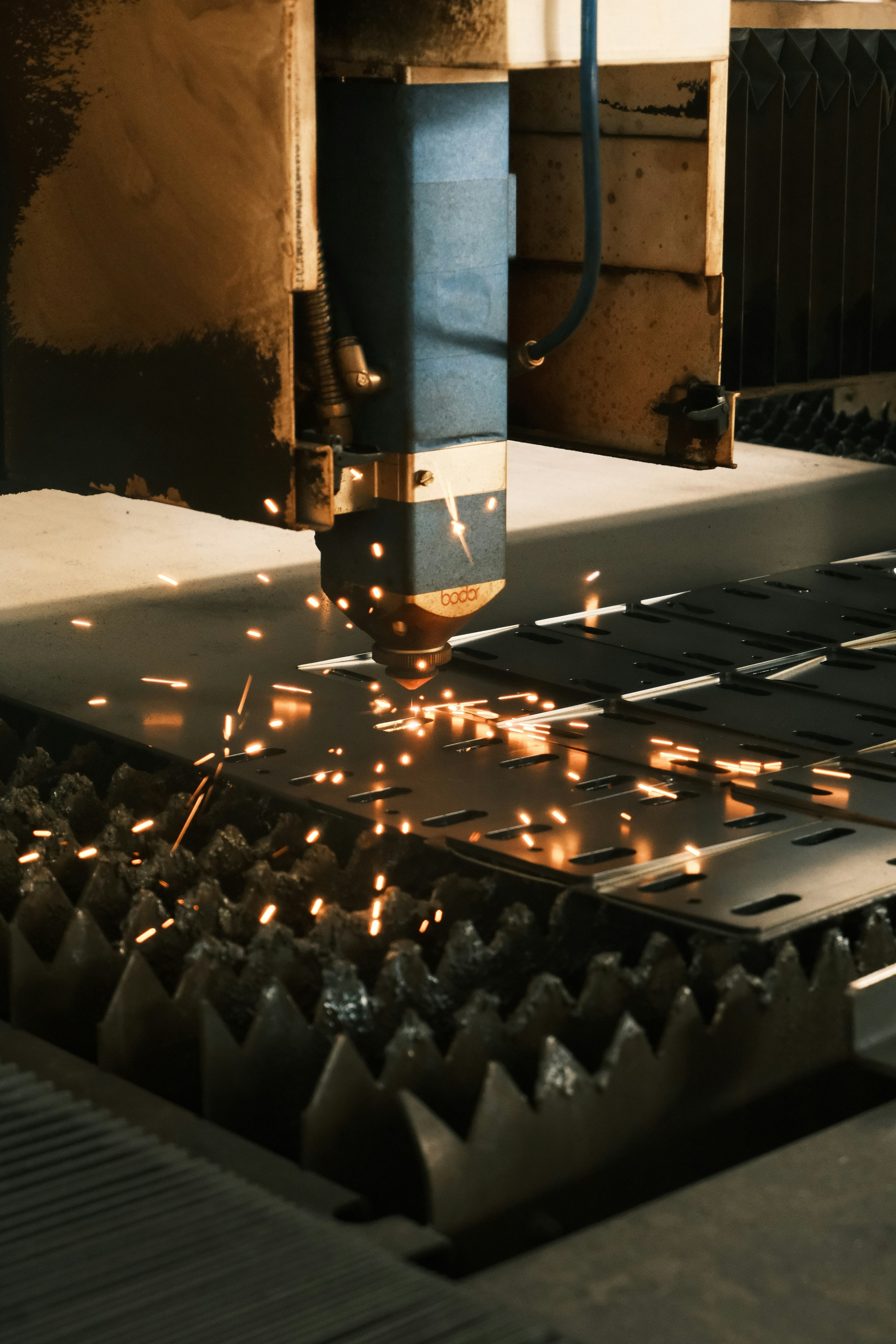The Sound of Data: Acoustic Levitation and Future Tech Innovations
In an age where silence often envelops us amid the barrage of data and information, a fascinating phenomenon called acoustic levitation emerges as a beacon of innovation. This technology harnesses sound waves to manipulate materials effortlessly—an idea that not only captivates the imagination but also holds the potential to revolutionize various sectors, from medicine to manufacturing. This article will delve into the intricacies of acoustic levitation, exploring its principles, applications, and significant role in shaping future technological advancements.
What is Acoustic Levitation?
Acoustic levitation utilizes sound waves to trap and lift particles, droplets, or even larger objects without any physical contact. The concept may sound like something from the realm of science fiction, but it is rooted in physics. By producing high-frequency sound waves, researchers create standing waves that generate pressure points strong enough to counteract gravity.
The Science Behind Acoustic Levitation
At the heart of acoustic levitation lies a fundamental principle of physics: pressure differences. A sound wave travels as a longitudinal wave, oscillating particles of air along its path. When sound waves interact, they can create regions of high and low pressure in a fixed spatial pattern—known as standing waves.
When an object is placed within these standing waves, the pressure from the sound waves can lift the object against gravitational pull. A common demonstration involves using ultrasonic transducers to create focused sound waves in a controlled environment, allowing even tiny particles to levitate.
Historical Context and Development
Acoustic levitation dates back to the late 20th century, gaining traction in laboratories around the globe. The ability to manipulate small particles without physical contact offers numerous benefits, especially in sensitive experiments where contamination could impact results. While early experiments focused primarily on small amounts of matter, today's advances have pushed the boundaries to larger applications.
For instance, in applications such as pharmaceutical development, researchers can utilize acoustic levitation to handle compounds that are otherwise difficult to manipulate due to their sensitivity or volatility. What once seemed like a fantastical concept is rapidly turning into a practical tool across various industries.
Real-World Applications of Acoustic Levitation
Acoustic levitation is proving to be a game-changer in several fields. Here are some noteworthy applications:
1. Pharmaceuticals and Drug Development
In the pharmaceutical industry, acoustic levitation is reshaping how compounds are tested and developed. By eliminating contamination risks associated with traditional handling methods, scientists can gain a clearer understanding of how drugs interact at a molecular level. This can lead to the development of more effective medications with fewer side effects.
2. Materials Science
Research in materials science has greatly benefited from acoustic levitation as well. For example, scientists can investigate the properties of new materials, such as their melting points, without the influence of traditional containment which can alter experimental outcomes. By levitating materials, researchers can observe and manipulate their behavior at precise temperatures and conditions.
3. Manufacturing and Production
Innovations are also emerging in the manufacturing landscape. Acoustic levitation can facilitate the manipulation of delicate components, such as microchips, during assembly. By eliminating the need for physical fixtures and tooling, companies can save on costs and enhance production efficiency while reducing the risk of damage to fragile parts.
4. Space Exploration
Development in space technology may find acoustic levitation incredibly beneficial. In a microgravity environment, traditional gripping tools are ineffective, but using acoustic waves to manipulate materials could lead to breakthroughs in how astronauts handle materials in space. This could transform everything from resource extraction on asteroids to constructing habitats on Mars.
Future Potential of Acoustic Levitation
As we look toward the future, the potential applications of acoustic levitation are limitless. Imagine a world where sound waves can be harnessed to transport goods across vast distances without the need for trucks or ships. The logistics industry could be revolutionized by utilizing acoustic technology for rapid delivery services.
1. Integration with Robotics
One exciting prospect is the integration of acoustic levitation with robotics. Robots equipped with acoustic technology could navigate spaces where traditional mechanical hands encounter difficulties. For example, in medical settings, robots could utilize acoustic waves to manipulate tissues or medical devices with unprecedented precision.
2. Environmental Applications
Another area where acoustic levitation could make significant strides is environmental protection. Acoustic waves can be applied to separate materials during recycling processes more efficiently, helping to manage waste and conserve resources.
Challenges and Considerations
Despite the promising applications, acoustic levitation is not without its challenges. The technology is still relatively experimental and may require significant resources to implement on a wide scale. Additionally, optimizing the systems for real-world conditions while maintaining efficiency presents an ongoing challenge for researchers and engineers.
A Future Driven by Sound
Acoustic levitation represents a unique intersection of research and practical application, showcasing how innovative sound technology can lead to smarter, more efficient solutions across various domains. As scientists continue to explore the depths of this technology, we may only be scratching the surface of what’s possible.
Sound Innovations on the Horizon
The future not only holds promise for how we might use sound in practical applications but also sparks curiosity about how these innovations intertwine with other cutting-edge technologies, such as quantum computing and artificial intelligence. For instance, imagine how the principles of acoustic levitation can complement advancements in quantum-computation processes or how AI could analyze complex data generated through sound manipulation.
Before diving further into these future implications, it’s essential to consider how current developments align with broader trends in technology. For additional insights into future innovations, explore our related article on Unlocking Quantum Computing: Practical Insights for Everyday Users.
Staying Connected with the Evolution of Technology
As engineers and scientists unlock the extraordinary capabilities of acoustic levitation, it is imperative to maintain an ongoing dialogue about the ethical implications, potential risks, and environmental impact of such technologies.
Consider how these innovations will affect privacy, control, and the general landscape of human interaction with technology. This exploration ultimately leads us to the necessity for responsible implementations of such advancements as we transition further into a tech-integrated world. For insights into digital ethics, you might find our piece on Digital Utilitarianism: Assessing the Ethical Cost of Tech Choices informative.
Final Thoughts
Acoustic levitation is not simply a scientific marvel; it offers a glimpse into a future where sound, a fundamental element of our existence, shapes industries, enhances safety, and pushes the boundaries of what’s possible. As we navigate this landscape, we must remain vigilant in fostering responsible innovations while harnessing the potential that lies within the sound of data. The journey into this new frontier promises exciting revelations and innovative solutions that many have yet to imagine.
In an era defined by rapid technological change, staying informed and engaged is essential. Exploring the implications of advancements like acoustic levitation empowers us to make informed decisions about the future we wish to create.
















